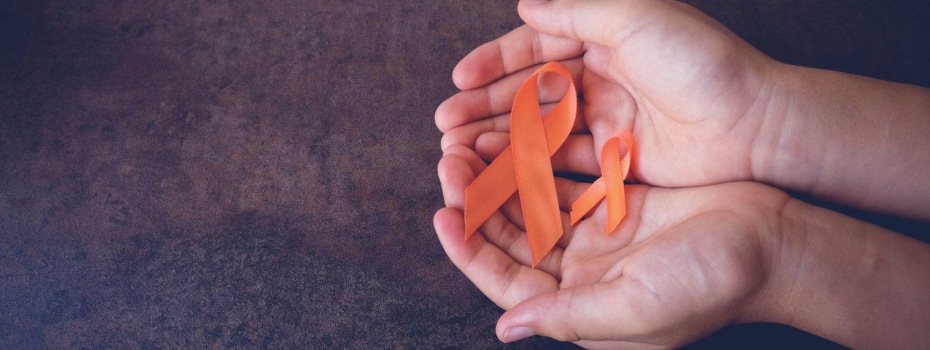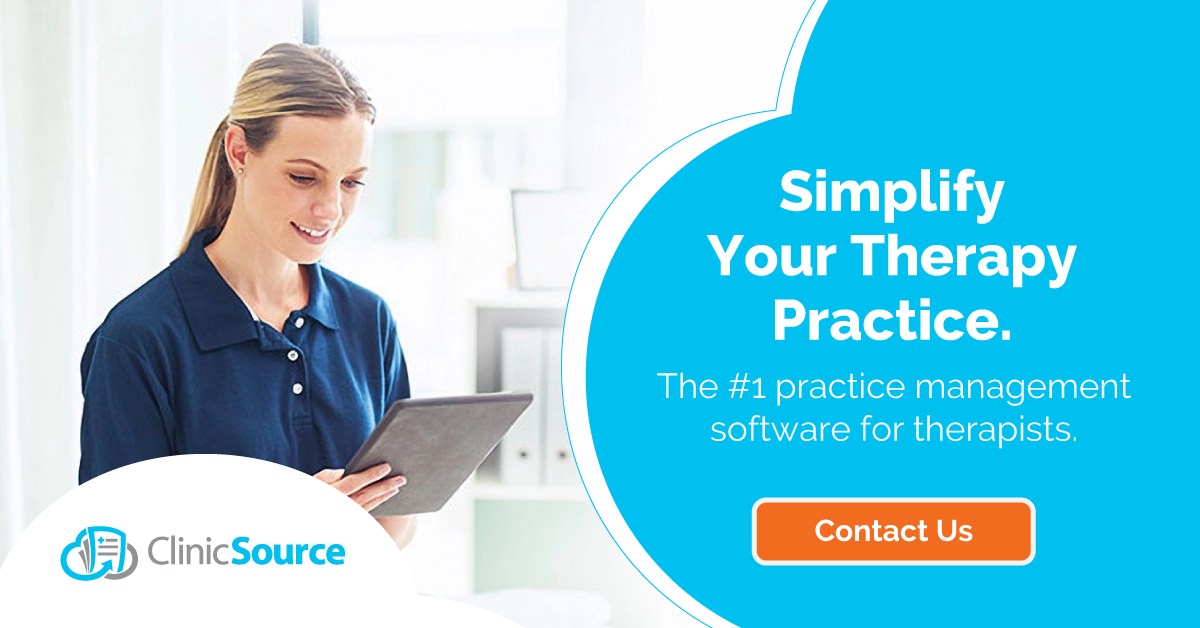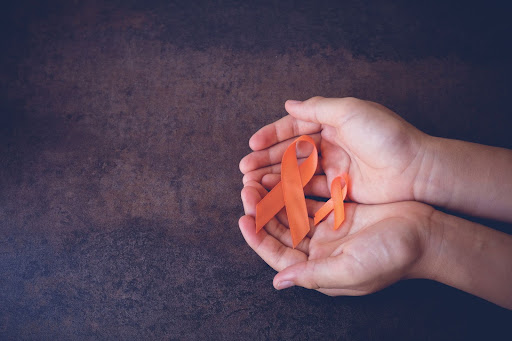
Highlights
- March is Self-Harm Awareness Month, a time dedicated to increasing understanding of the widespread issue of self-injury and suicide.
- The growing problem of self-harm affects thousands of people each year, making it a priority for therapists and mental health professionals.
- Adequate treatment requires recognizing the signs and symptoms of self-harm and providing up-to-date resources to patients.
- By participating in Self-Harm Awareness Month, therapists can help raise awareness for patients and reduce the stigma surrounding self-harm for better care.
Self-Harm Awareness Month happens every March. The purpose is to help raise awareness of the growing problem and educate people about self-harm. Self-harm affects thousands of adolescents and adults each year. According to the National Center for Health Statistics, 187,000 people visited the emergency room due to self-injury in 2020.
Raising awareness of the growing problem of self-harm during Self-Harm Awareness Month helps reduce the stigma surrounding self-injury. It also promotes resources available to people who suffer from self-harm and mental health professionals who treat them.
Understanding Self-Harm
Self-harm refers to intentionally or directly harming one’s body, typically without the intent of suicide. A 2022 meta-analysis found that up to 30.8% of adolescents in the U.S. had engaged in non-suicidal self-injury (NSSI) in the past 12 months and that NSSI has a lifetime prevalence of about 22.1%. Among adults, self-harm has a lifetime prevalence of 5% to 6% in the U.S.
Self-injury happens in many ways, including:
- Cutting
- Self-poisoning
- Hitting
- Biting
- Head banging
- Picking at wounds
- Pulling out hair
- Burning
- Swallowing harmful objects
People self-harm for many reasons, many of which are associated with trauma and the inability to cope with overwhelming emotions in their lives. A 2021 study on self-harm in adolescent girls found that the most common reasons for self-injury include problems with emotional regulation, interpersonal triggers and relationships, and a compulsive urge to self-harm.
A systematic review of self-reported reasons for self-harm found that around 87% of respondents indicated they self-harmed to bring attention to their mental state and seek help, 63% of responses showed a tendency to self-injure as a form of punishment, and 48% used self-harm to dissociate from their feelings.

Recognizing the Signs and Symptoms of Self-Harm
Recognizing the signs and symptoms of self-harm is essential to help those struggling and provide them with the support they need.
Some common indicators of self-harm include:
Physical Signs
Physical signs of self-harm include unexplainable outward signs of injury like scars and bandaged wounds. They are often inflicted on the non-dominant side of their body and are often blamed on accidental falls or bumping into objects.
Physical signs of self-injury include:
- Cuts
- Burns
- Bruises
- Srapes
- Unidentified illness
- Bald spots
- Scratches
- Unexplained broken bones
- Scars
People who engage in self-harm may also have scars or scabs that are slow to heal or may appear ill due to deliberate self-poisoning. You may also notice red or brown bloodstains on their clothing, bedding, towels, and other belongings or bloodied bandages, Band-Aids, or tissues in their trash can.
Behavioral Signs
People who self-harm may display certain behaviors that hide or excuse the physical signs of self-injury. These behavioral indicators include:
- Wearing oversized clothes or garments with long sleeves or pants to hide wounds, scars, and bruises, even in warm weather
- Keeping small tools like razor blades, needles, lighters, screwdrivers, or nail scissors
- Keeping a first aid kit with bandages and antibacterial medications for wound care
- Isolating themselves from social situations with friends and family
People who self-harm may withdraw from social groups and activities they previously enjoyed and demonstrate noticeable fluctuations in academic grades or work performance.
Emotional Signs
Emotional signs of self-harm include feelings of guilt, shame, and low self-esteem. They often struggle with negative self-talk, feelings of hopelessness and despair, and a sense of being overwhelmed.
Emotional signs and symptoms of self-injury can also include:
- Intense feelings of anger and frustration
- Poor ability to control the impulse to self-harm
- Inability to focus
- Intrusive thoughts about self-injury
- Feelings of loneliness and anxiety
Prevention and Treatment of Self-Harm
Early intervention is crucial for people who self-harm. It can address the underlying causes of the behavior and ensure patients receive the necessary care to cope with their emotions and overcome the urge to self-harm.
Early intervention can also help reduce the frequency and severity of self-harm incidents by preventing the development of negative patterns and behaviors. It provides patients with skills and strategies to manage stress and negative emotions in a healthy and constructive way. This can minimize their reliance on self-harm as a coping mechanism.
Treatment for self-harm is often most effective when multiple approaches are used together. A mental health professional can work with an individual to create a personalized treatment plan that addresses their unique needs and circumstances.
Various psychotherapy and pharmacotherapy treatments are available to address self-harming behaviors and their causes. Cognitive behavioral therapy (CBT) and dialectal behavior therapy (DBT) have been found to reduce self-harm and suicidal ideation.
In addition to psychotherapeutic treatments, some medications can help manage self-harming behaviors. Antidepressants like selective serotonin reuptake inhibitors (SSRIs) may benefit adolescents with a history of self-harm with suicidal intentions. Ketamine has been shown to relieve depressive thoughts quickly in those with bipolar disorder or major depression.

Self-Harm Resources for Therapists
Self-harm is a complex issue that requires a comprehensive and compassionate approach from mental health professionals. You can learn more about your patients’ self-harming behaviors and provide effective coping strategies with the following resources:
Self-Harm Resources for Patients and Loved Ones
Multiple resources are available for patients and their loved ones for dealing with self-harm. As a therapist, you can refer your clients to crisis hotlines specializing in self-injury or direct them to resources and apps that give them tools and activities to help them stop self-harm.
These resources include:
Ensure Effective Self-Harm Treatment With ClinicSource
Participating in Self-Harm Awareness Month puts the spotlight on self-injury and encourages effective treatment. Using the right therapy practice management software can help you support your self-harm treatment efforts by allowing you to focus on your patients instead of documentation, scheduling, and billing tasks.
ClinicSource therapy documentation software gives you customized mental health reporting templates for documentation such as intervention plans, assessment findings, and clinical recommendations. With ClinicSource, you can document and highlight case histories such as abuse or trauma and pick from relevant DSM-5 diagnosis codes to help you better serve all of your patients.
With streamlined practice management, such as automated billing and insurance, and integrated scheduling, you and your staff reduce the time spent on these administrative tasks, providing a more personalized, patient-first experience to your clients.
Discover how ClinicSource can help you focus on patient care and effectively treat issues like self-injury in patients. Book your demo today with a ClinicSource Specialist.

Let Us Show You











